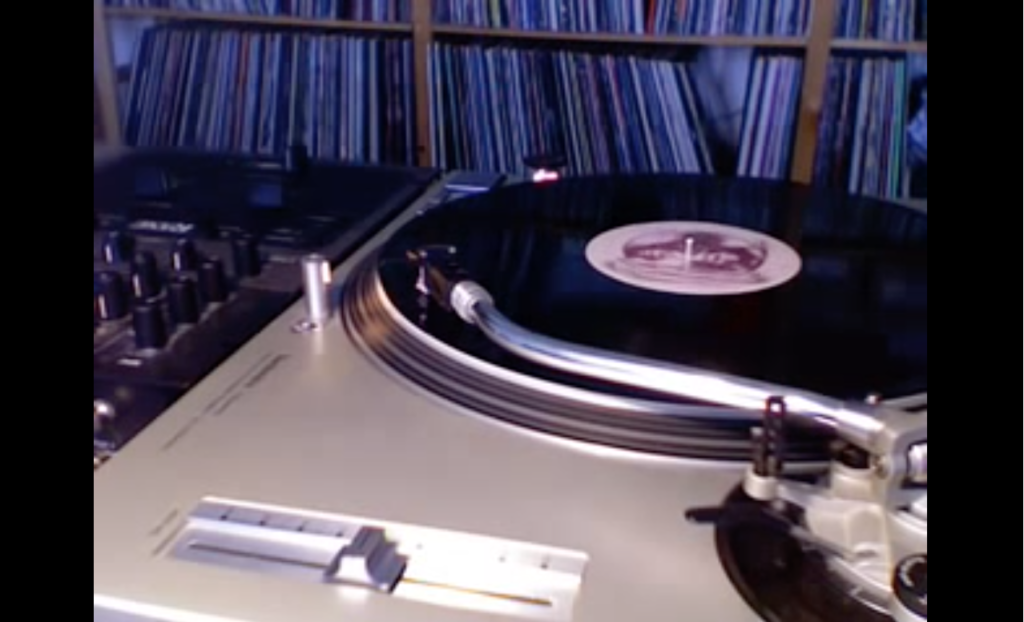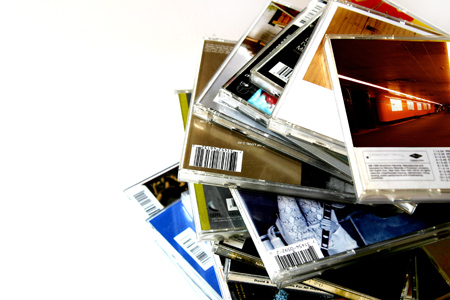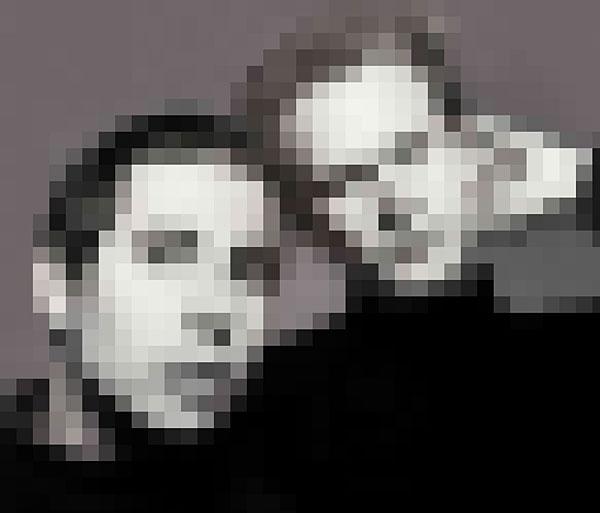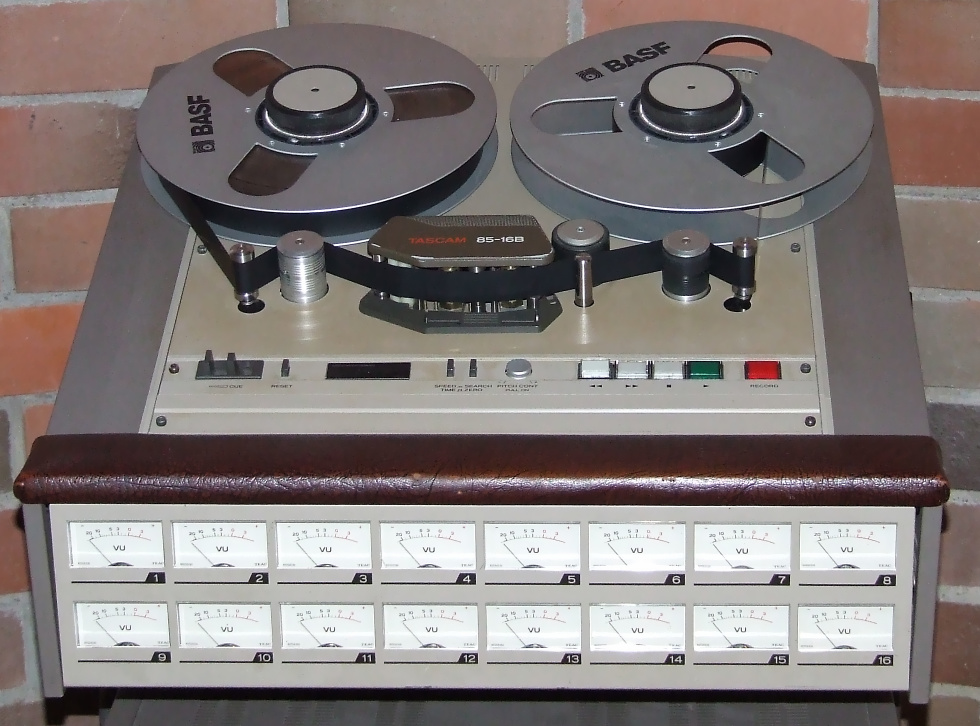Why Analog Matters
In reply to a thread on CNet about Record Store Day, I laid out a long reply to the idea that buying vinyl these days is pointless, especially if the artist records digitally. The poster implied that the CD format was the gold standard and that prompted my reply.
It was too long for their system so here’s the whole thing:

The issue with the cd format is not that it’s digital, it’s that it’s 16bit/44k digital. This is not even close to the full analog sound as produced in nature. This number was chosen because it was all the data they could cram through the DAC’s built in the late 1970’s.
The “CD format” as you know it is the best digital audio format that computers (actually IC’s) could handle 32 years ago. Anything else a 32 year old computer is “good enough” for these days?
So why do most people think CD is actually the top standard, and that mp3 is “good enough”? Brilliant engineering, understanding commerce, and counting on people’s horrible (and often damaged) ears. Let me explain:
It was brilliant engineering that built the first A to D and D to A converters. The idea that you could encode audio digitally with a laser and millions of holes in a small piece of tin foil was ambitious.
The CD itself was a breakthrough in data storage. Half a gig? Perfect. Being able to print a music format with no inherent noise floor was exciting new stuff.
Most production music and sound effects dropped vinyl ASAP since fighting the noise and dust was their biggest production issue, and the cost of vinyl creation and storage size were issues too.
So lots of smart people worked on the CD format, and it overall surpasses vinyl in all kinds of categories. But not on a very important one — dynamic range.

This leads to understanding commerce. Most music or audio programming is not consumed by golden eared listeners fully concentrating on every nuance in the playback of their favorite music artist. They don’t have expensive playback systems tuned to their rooms complete with subwoofers, crossovers, bass traps, etc.. They just have a little radio.
Plus alot of content isn’t even music, it’s news, talk, commercials, sports, religion, ambient sound, scientific sounds, etc.. These utilitarian uses of audio, combined with the great masses of people that want their favorite songs in any format possible, show CD to have been an excellent business format for 20+ years. Look at the markups on those discs!
A plastic CD complete with liner notes and case costs less than $0.20 to produce per unit, and goes down to $0.05 or less in quantity. But they sold regularly for $10-25. So for commerce, CD was king. Vinyl is large, expensive to print, requires better care, and is not as portable as CD.
But again – record store day is about music. If you love music you probably understand sound quality. Even if you are into raw punk bands, you want to hear a raw mix that appeals to your senses.
We can all point to a favorite band of ours that has a horrible sounding bootleg (or 20) out there. It matters. No one wants a blurry painting or a chemically decomposing sculpture. But that’s just it. If it’s been sold to you that you are seeing the entire picture, you aren’t going to pull off the frame and search for more of the image.
But if you were to buy a painting and the artist told you that the frame is much too small and you are actually only seeing about 60% of the painting, you’d feel gipped. Confused. And then you might remove the frame to see the whole picture.

OK, I’ll pull this out of the audio world and give you a metaphor in the visual sense. The CD format is equivalent to a picture taken by a low-megabit camera that is then radically cropped. The sensor can only process so much at a time (16 bit audio) and the end image has to have a small enough memory footprint to work with so the edges are thrown away (44k hz).
Finally, if you make an mp3 of that image, your are doing radical jpg compression to it.
So do this experiment if you are still skeptical: take a picture of your backyard with a 2MB camera. Crop out a couple of inches on each side (leaving about 50% of the image). Now compare that image with what your eyes see.
That’s is roughly the difference between vinyl and cd in a visual sense. Now apply about an 80% jpg compression to that image. That’s the mp3. Compare that to what your eyes see from the very same thing. Now your grainy, cropped, compressed image might look cool. It might be exactly what you want. But it’s most definitely not the same thing as what your eyes see by any stretch of the imagination.
Back to some quick science, then I’ll wrap this up . The real key is transients and sub frequencies. These are the ‘edges’ of the picture that they were forced to crop out. CD’s don’t have the highs or the lows of vinyl (even though you probably think they do because of brilliant engineering). But it’s false. A trick.
Hearing the whole range provides context, feel, emotional complexity, and a sense of space. CD’s remove much of this.
This 16/44k number was picked because it was as fast as the chips could handle in 1979. They justified it because hearing tests of isolated tones show most humans can’t hear below or above a certain range. The 44k number covered most of what they could prove people heard.
I don’t think they thought 35 years later people would still be defending it. A cap was needed based on the cost of processing power back then, as well as the total storage of the disc. Plus, isolated tones are something no human ever listens to, so that theory from sound science was flawed.

Solution? CD’s should have moved to a 24bit/48k or 24bit/96k standard in the 90’s but they didn’t. This comes close to representing what our ears can actually hear and feel and the chips were fast enough by then.
You should only listen to MP3’s when mobile, and then 192k compression is the absolute minimum before you are so ‘blurry’ why bother?
Listen to a great record, preferably one you are familiar with on MP3 or CD, on a decent record player through a decent system. It does not need to be high-end, it should just not be drugstore plastic crap. Proper vinyl playback requires a precision object, not a plastic box with some IC’s and motherboard. You *should* hear a difference, but it might take you a bit to figure it out. It’s like getting your glasses prescription fixed. It’s like looking outside the viewfinder at the scene and seeing the whole scene.
WOW I got this far and didn’t answer your original question.
NO – buying vinyl that was recorded digitally is not useless, because it’s all about the delivery mechanism and how accurate it delivers to you the artist’s original intention.
All CD’s have to ship at 16/44, but almost no artists record at that rate. Even home studios these days use higher specs than that. So the final step in the process is the ‘master’ it to the media you are shipping. Mastering to CD requires downsampling to 16/44 no matter what, in effect throwing out all the other information recorded. Mastering to vinyl does no such thing – whatever signal is fed to the lathe prints on the master disc and is copied to vinyl records.
So even if the band used Pro-Tools and digital everything in the studio, they did it at a format wider and deeper than 16/44. A vinyl record would still deliver to you a more complete audio picture of their sound in the studio than a 16/44 CD.